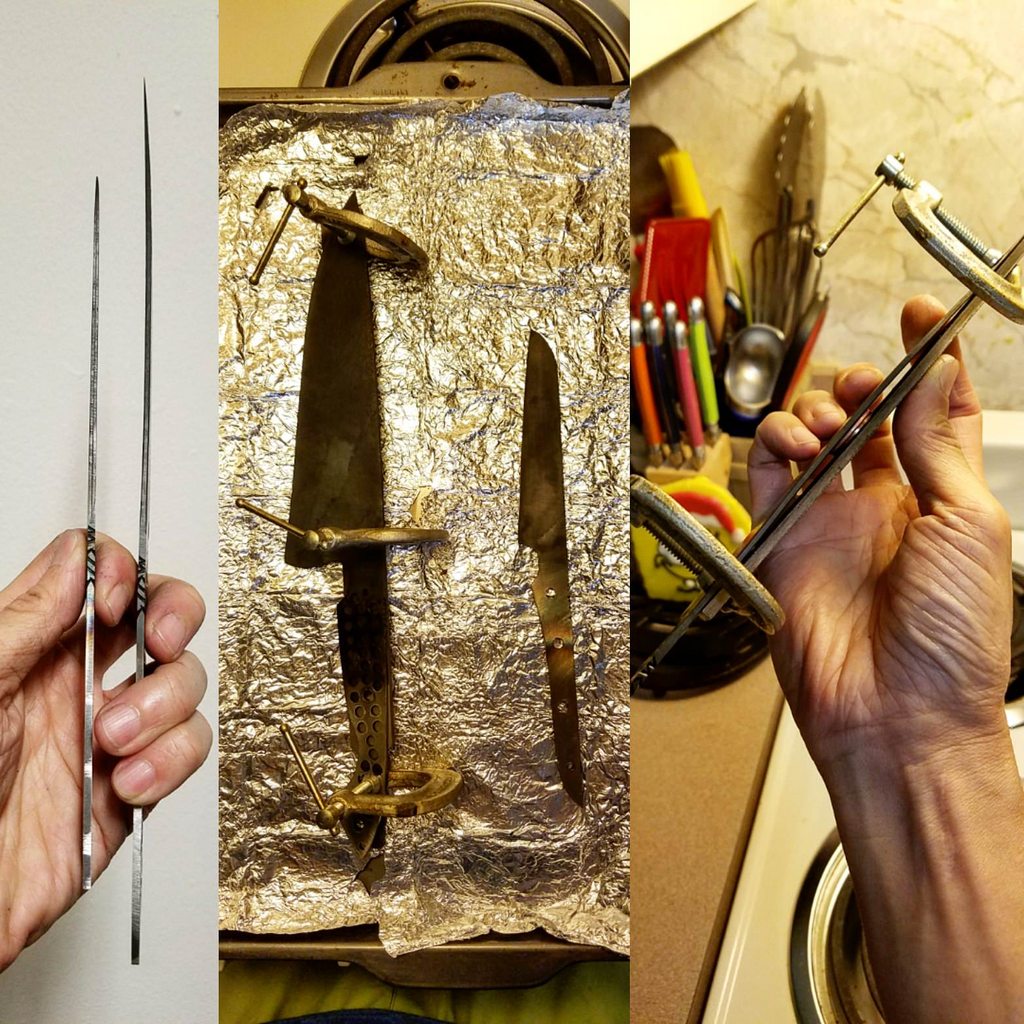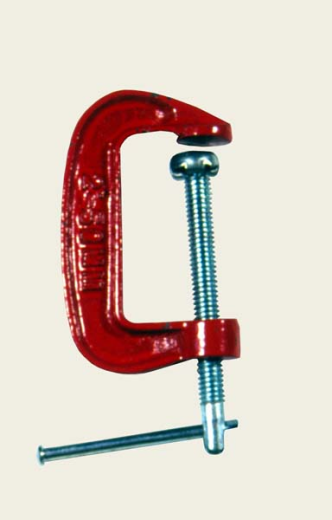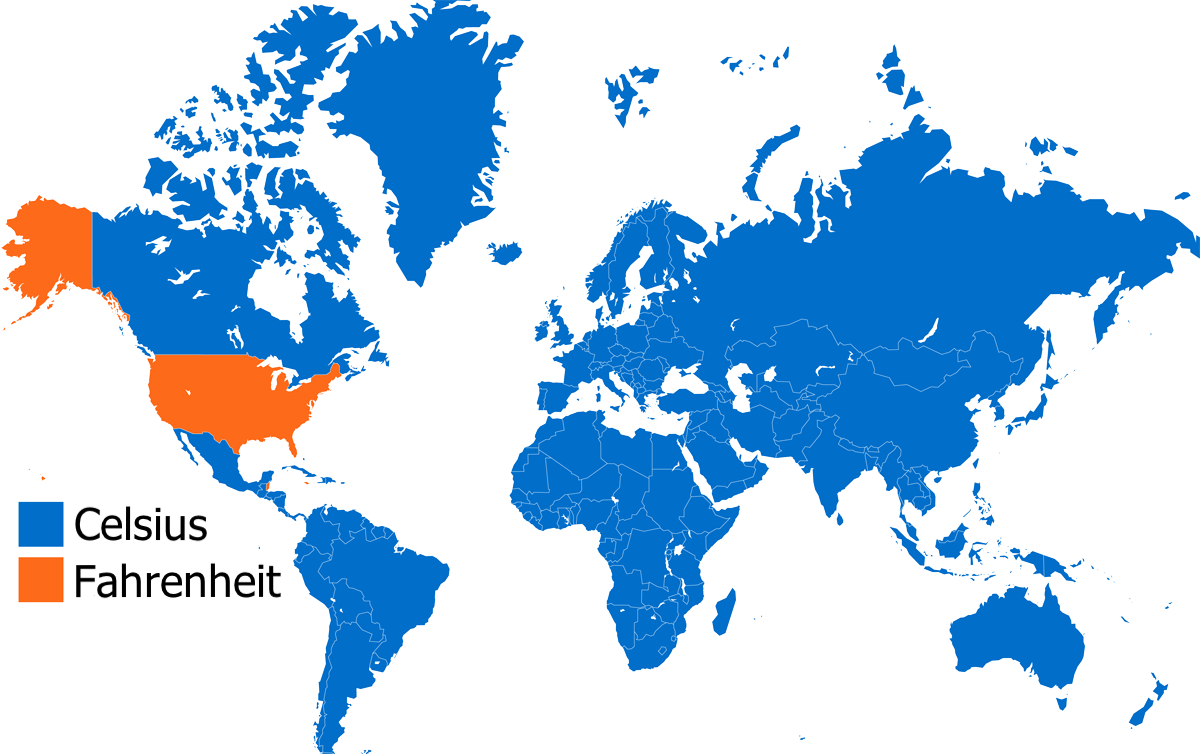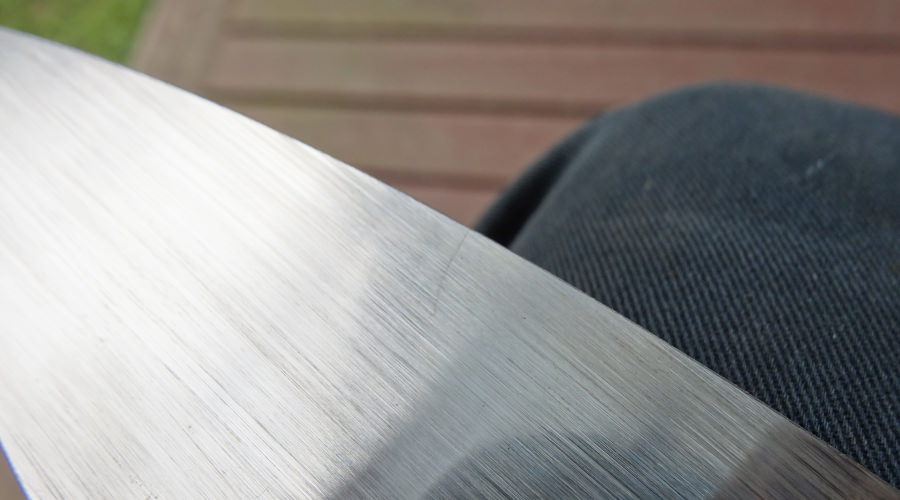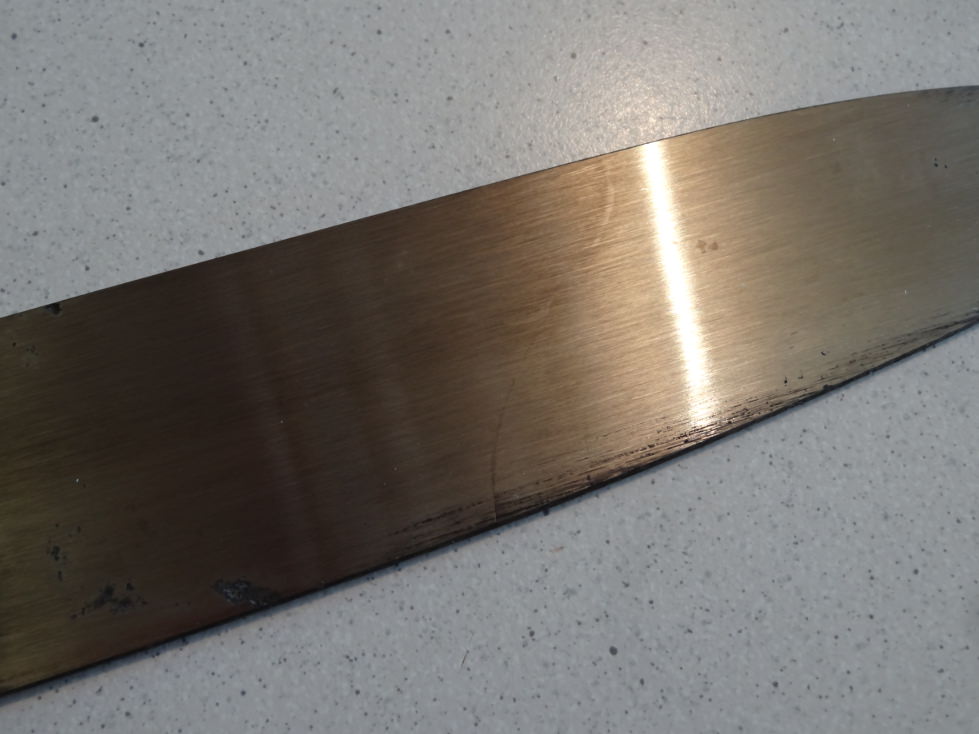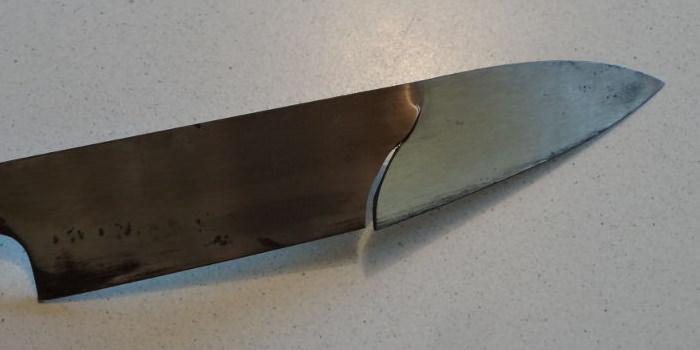OneStaple
Well-Known Member
Hey all,
I'm trying to straighten a knife (240mm Old Hickory, which should be 1095 steel, if that matters). I've tried a few approaches and can't seem to get it straight. Every time, it just springs back to its original shape. I'm nervous to bend it further than I am and would appreciate feedback regarding whether I'm on the right path.
I've predominantly tried with a vise (yes, I know the included pictures are not in a vise), using three dowels. I have done this with the knife at room temperature and heated to 250F. I have done it multiple times, increasing pressure each time.
The first pictures below show approximately how far I have been bending it (and I have even gone a little further). Is this a "normal" amount and is it safe to go further? The last picture attempts to capture the curve of the blade.
(Pictures on my phone, so they will follow in the next post)
Thanks,
Tyler
I'm trying to straighten a knife (240mm Old Hickory, which should be 1095 steel, if that matters). I've tried a few approaches and can't seem to get it straight. Every time, it just springs back to its original shape. I'm nervous to bend it further than I am and would appreciate feedback regarding whether I'm on the right path.
I've predominantly tried with a vise (yes, I know the included pictures are not in a vise), using three dowels. I have done this with the knife at room temperature and heated to 250F. I have done it multiple times, increasing pressure each time.
The first pictures below show approximately how far I have been bending it (and I have even gone a little further). Is this a "normal" amount and is it safe to go further? The last picture attempts to capture the curve of the blade.
(Pictures on my phone, so they will follow in the next post)
Thanks,
Tyler








